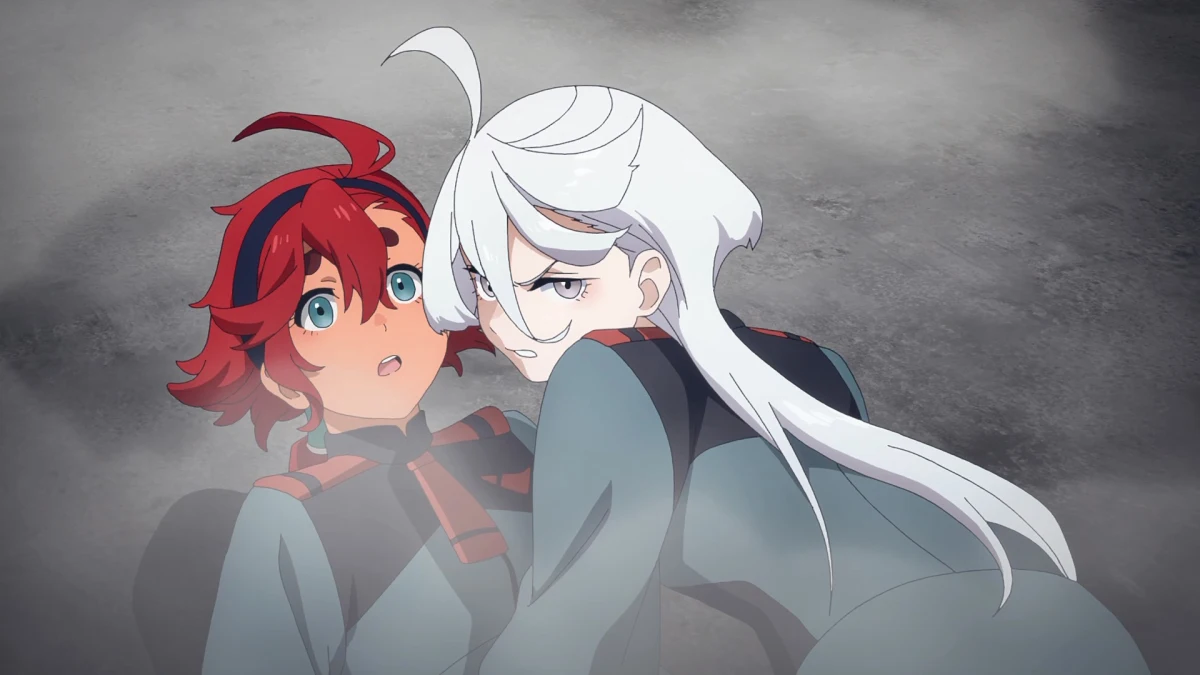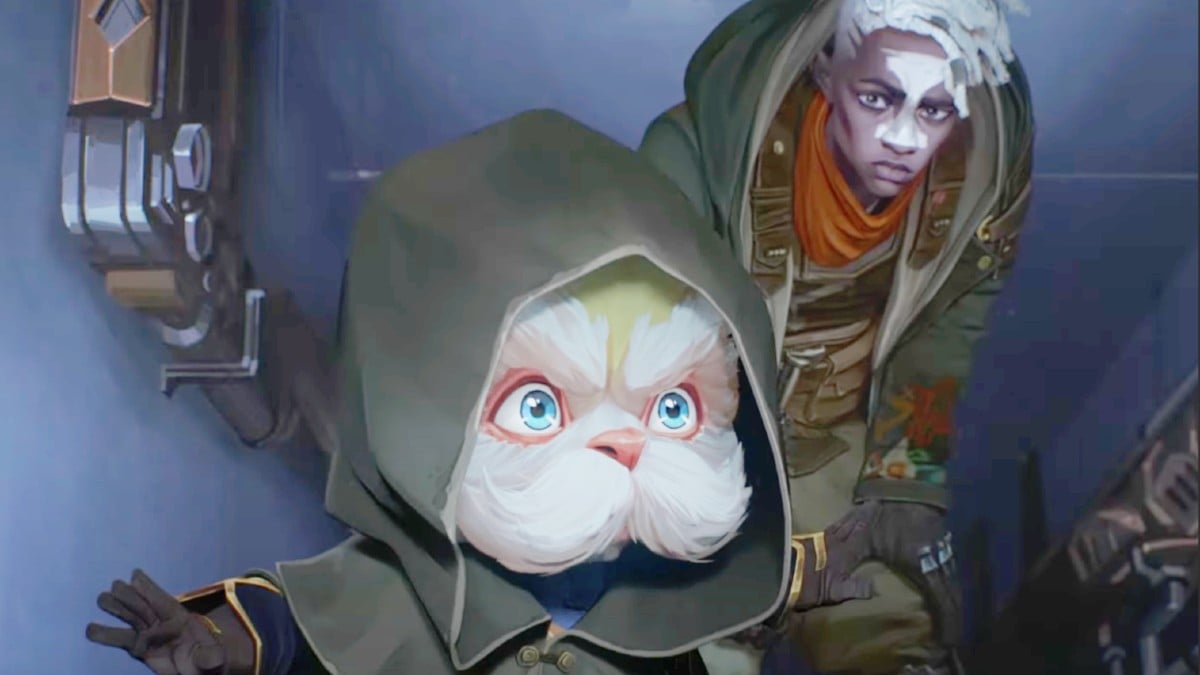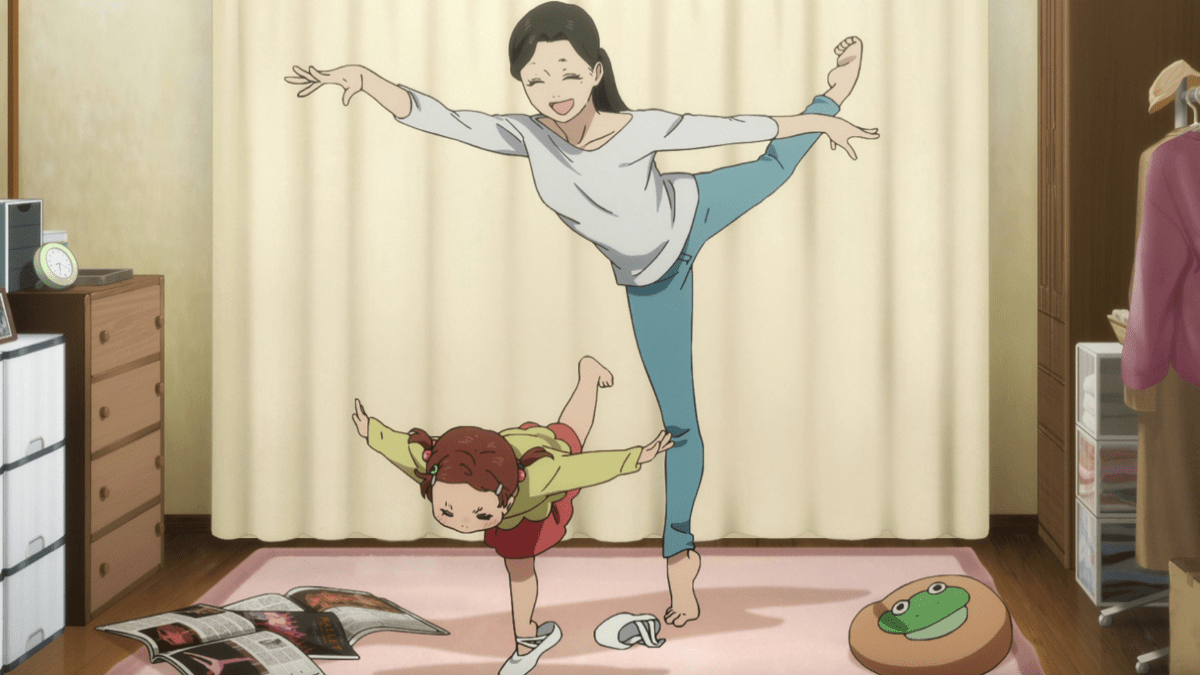Since its birth, the Gundam franchise has been flexing its mecha muscles, dishing out an assortment of series that mix explosive battles with mind-bending philosophical ponderings. The franchise, born from the great Mobile Suit Gundam in 1979, boasts a magnificent collection of TV series, movies, OVAs, and manga that took the mecha genre by storm, shattering the mundane with its realistic depiction of war’s impact on individuals.
It zooms in on those brave pilots nestled within colossal robots, revealing the true essence of their struggles – a revolution in the world of mecha. While there are numerous Gundam series to pick from, these are ten (in no particular order) of the most well-known and influential. Taken together, the episodes of these shows highlight Gundam‘s extensive history and unrivaled ability to reinvent itself while delving into the depths of humanity, war, and hope.
Mobile Suit Gundam (1979)
The groundbreaking nature of Mobile Suit Gundam in the mecha anime genre is widely acknowledged. Unlike the “super robot” style that dominated the late 1970s, this series — directed by Yoshiyuki Tomino and produced by the famed Sunrise studio — adopted a more grounded and realistic approach to depicting enormous robots, or “mobile suits.” The story takes place in the year 0079 of the Universal Century and centers on the violent battle between the Earth Federation and the Principality of Zeon. The show wastes no time plunging its audience into the bleak reality of war, exploring the physical combat and the psychological and moral difficulties the battlefield inevitably raises.
After a surprise Zeon invasion of his home colony, the story’s main character, Amuro Ray, a teenage civilian, unwittingly becomes the pilot of the Earth Federation’s newest weapon – the RX-78 Gundam. Amuro’s character development becomes a prominent topic as the series proceeds, giving viewers a dramatic portrayal of the anguish, growth, and resilience of a young man plunged into the horrors of war. Char Aznable — a Zeon ace pilot — is also an intriguing character. Char’s enigmatic past, motivations, and complicated relationship with Amuro form the foundation of a passionate competition that is both personal and ideological.
Mobile Suit Zeta Gundam (1985-1986)
One of the most highly regarded installments in the Gundam saga is Mobile Suit Zeta Gundam, a direct successor to the groundbreaking Mobile Suit Gundam. The series carried on the tradition of its forerunner while ramping up its trademark emotional depth, political intrigue, and intricate character interactions. The story moves from the Earth Federation-Zeon conflict to the rising of the Titans in UC 0087 – almost eight years after the original series.
Although the Titans started as an elite task force under the Earth Federation, their repressive activities sparked a global uprising, led by the Anti-Earth Union Group (AEUG). This sets the stage for an entirely new narrative woven from the threads of conflict and personal experience. Kamille Bidan, a skilled mobile suit pilot, takes center stage in Zeta Gundam. After suffering a personal tragedy at the hands of the Titans, Kamille joins the AEUG and leads the fight against the dictatorial army. His journey is a harrowing examination of personal loss, identity, and the psychological toll of war.
Mobile Suit Gundam: The 08th MS Team (1996-1999)
Within the larger canon of Mobile Suit Gundam, Mobile Suit Gundam: The 08th MS Team is a fan-favorite side story. This OVA series provided a fresh, on-the-ground take on the One Year War, the massive struggle that served as the setting for the original Mobile Suit Gundam. In contrast to other Gundam shows, The 08th MS Team focuses on more minor, personal conflicts on Earth rather than cosmic wars or political intrigue.
The story follows the 08th Mobile Suit Team — led by Ensign Shiro Amada — as they operate in the treacherous jungles of Southeast Asia, where they must overcome not only the adversary’s threats but also the environment’s difficulties. The development of Shiro Amada’s personality is the OVA’s primary focus. The story revolves around his feelings for Zeon pilot Aina Sahalin. Their love story, which takes place against the backdrop of the war, shows that the characters on both sides are just people with hopes, dreams, and feelings.
Mobile Suit Gundam Wing (1995-1996)
Mobile Suit Gundam Wing introduces viewers to a new parallel reality that significantly departs from the Universal Century timeframe. This series — revered by many, particularly in the West — was essential in popularizing the Gundam franchise outside of Japan, partly thanks to its broadcast on Cartoon Network’s Toonami block. The story is set in the After Colony timeframe and revolves around the political and militaristic tensions between Earth and its orbiting space colonies.
When things finally boil over, five young pilots — each of whom controls a unique mobile suit — are sent to Earth on secret missions to fight against repressive groups. The series dives thoroughly into the personalities and histories of each pilot – from the somber Heero Yuy to the upbeat Duo Maxwell. Regarding mechanics, Gundam Wing features some of the most memorable mobile suits in the series’ history. Wing Gundam, Deathscythe, and Tallgeese, to name a few, have left an indelible mark on mecha design and fandom.
Mobile Suit Gundam Seed (2002-2003)
Mobile Suit Gundam Seed ranks among the best compared to other Gundam reboots. Tucked away in the Cosmic Era, the series fused familiar Gundam themes with new ideas to create a story that spoke to a new generation of viewers. As Gundam Seed unfolds, a war between the Earth Alliance and the PLANT space colonies escalates, with profound genetic and cultural differences as significant catalysts for the conflict.
The human race is divided into two groups: the Naturals, who are born on Earth and are unaltered, and the Coordinators, who are born in space and are enhanced genetically. Kira Yamato, a Coordinator student living happily in a neutral colony, is at the heart of the plot. However, when conflict comes to his neighborhood, he finds himself flying the advanced mobile suit Strike Gundam to protect his comrades. Kira’s moral issues with the nature of combat, the value of human life, and his identity as a Coordinator in a primarily Natural world become important thematic aspects throughout the series.
Mobile Suit Gundam: Iron-Blooded Orphans (2015-2017)
Mobile Suit Gundam: Iron-Blooded Orphans (IBO) is an excellent entry into the vast Gundam world, owing to its brutal realism and in-depth analysis of societal concerns. The series carves out a distinct universe, independent of the pre-established Gundam timelines, set centuries after a terrible conflict in the Post Disaster era. The plot revolves around Tekkadan, a group of young mercenaries, many of whom are former child soldiers.
Society effectively abandoned these children, regarded them as disposable labor, and surgically modified them with “Alaya-Vijnana” systems to better pilot mobile suits. Their mission to bring Kudelia Aina Bernstein — a young aristocrat and a symbol of Martian independence — to Earth is the story’s focus. The series’ stoic protagonist, Mikazuki Augus, personifies the grim themes of child exploitation and the dehumanizing consequences of war. Despite his apparent composure, Mikazuki’s behaviors often reflect the harsh realities of his background.
Mobile Suit: Gundam Unicorn (2010-2014)
The events of Mobile Suit Gundam Unicorn take place after those of the original series and its direct sequels. Set three years after Mobile Suit Gundam: Char’s Counterattack, in UC 0096, Unicorn serves as both a love letter to loyal viewers and a summation of the complex political and ideological struggles that have characterized the UC throughout its history.
Banagher Links, a seemingly average student, is at the center of Gundam Unicorn after he meets Audrey Burne – a strange girl who seems to be hiding something. This meeting thrusts him into the cockpit of the RX-0 Unicorn Gundam, a mobile suit with hidden capabilities linked to a covert relic known as Laplace’s Box – an artifact with the capacity to transform the very socio-political fabric of the UC world.
Turn A Gundam (1999-2000)
Turn A Gundam is notable for its unusual narrative style and the involvement of famed director Yoshiyuki Tomino – the creator of the original Mobile Suit Gundam. Turn A Gundam is set in the Correct Century (CC) era and explores an Earth where technology has regressed, only to be confronted by the sudden revival of advanced machinery and mobile suits from the Moonrace. This humanoid race originated on Earth but now resides on the Moon.
Loran Cehack, a teenage Moonrace member brought to Earth as a reconnaissance agent, is introduced in the series. While initially charged with enabling the Moonrace’s return to Earth, Loran finds himself deeply engaged with the planet’s inhabitants and their way of life. His journey becomes more complicated when he discovers the titular Turn A Gundam, a mobile suit with a mysterious past that appears to connect numerous Gundam timelines.
Mobile Suit Gundam 00 (2007-2009)
An energy crisis and global conflicts plague the world of Mobile Suit Gundam 00 – which takes place in the Anno Domini era. The story’s underlying themes are reasonably current, which gave it broad appeal to an international audience at the time. The series takes place in a universe where the Union, the Human Reform League, and the AEU are the three superpowers. A mysterious organization named Celestial Being appears during this trilateral conflict, and they are equipped with advanced mobile suits called Gundams.
The Gundam Meisters of Celestial Being — led by Setsuna F. Seiei, a young pilot with a troubled past — question the global status quo, eliciting both adoration and hostility. A significant strength of Gundam 00 is its careful analysis of geopolitics. The narrative challenges viewers to consider the nature of peace and the contradictory use of violence to attain it by deploying a paramilitary organization with ostensibly utopian ideals.
Mobile Suit Gundam: Char’s Counterattack (1988)
A defining point in the Gundam canon, Mobile Suit Gundam: Char’s Counterattack, concludes the epic conflict between two of the franchise’s most recognizable protagonists – Amuro Ray and Char Aznable. Directed by Yoshiyuki Tomino, this entry is a landmark in the UC timeline, receiving high praise for its in-depth storytelling, thrilling mecha fights, and weighty overarching themes.
The film takes place in UC 0093 and features Char’s reappearance as the leader of the Neo Zeon movement, which seeks to cause a catastrophic event to get people to leave the polluted Earth and relocate to space. Amuro — his sworn enemy — is now a seasoned pilot leading the Earth Federation’s counteroffensive. Their ideological and personal conflict is the story’s central conflict, leading to a climax of epic space wars. Their relationship, which began as a competition, has matured into a complex web of shared history, friendly rivalry, and mutual admiration.






Published: Aug 27, 2023 03:29 pm